As we dive into the heat of summer, my thoughts sometimes return to the icy world of Antarctica.
People think of Antarctica as a super-cold place. But we were there in late January, which is the middle of summer down there. Most of the sea ice had melted, so there was plenty of open water, which moderated the air, and kept temperatures right around the freezing point. Not exactly balmy, but quite tolerable. I’ll take that over the summer heat here in Mariposa, where temperatures sometimes reach over 100 degrees Fahrenheit.
Of course the ice-free seas and mild temperatures don’t last long in Antarctica. In March, as the days get shorter, and temperatures drop, the sea ice starts to re-form. At Vernadsky, a Ukrainian research station on the Antarctic Peninsula that we visited during our January trip, scientists who spend the winter there have to be completely self-sufficient for six months. Ships can’t reach them because of the pack ice, and there’s no airstrip.
Vernadsky, like the other scattered research stations in Antarctica, is built on a patch of bare rock, but those patches are rare. Almost all the land is covered in glaciers. Even small islands often have a miniature ice cap, and the biggest glaciers are immense. The Antarctic Peninsula’s Seller Glacier is considered the largest flowing glacier in the world (as opposed to an ice cap), covering approximately 2,700 square miles.
So even in summer around the Antarctic Peninsula, the northernmost and warmest part of Antarctica, there’s ice everywhere. Every mountain is draped in cascading sheets of glacial ice. Often you’ll find yourself looking at a huge peak, then notice an immense glacier behind it, descending from even higher peaks veiled by clouds.
And even though the summer sun has melted the pack ice enough for ships to pass, the water is still filled with ice, from brash ice, to “bergy bits,” to small, medium, and large icebergs. The immense tabular icebergs we sometimes passed were too large to have just calved off from a local glacier. They were parts of distant ice shelves that had broken off and drifted into the area. The nearest ice shelf was at least 250 miles away, but some of these bergs could have come from much farther.
All that ice was wonderfully photogenic. From glacial terraces, crevasses, and icefalls, to fantastically-shaped icebergs, to impossibly-blue ice formations floating in the sea, we were surrounded by beautiful, natural ice sculptures everywhere we looked. And we had plenty of time to photograph it all as the ship floated through the long days of the Antarctic summer.
The vast majority of the photos I made in Antarctica included ice in some form. Even my wildlife images often included animals standing or lying on ice, or at least have ice in the background. Here’s a selection of Antarctic photos I haven’t posted before, all including ice in one form or another.
— Michael Frye
P.S. I can’t wait to go back next January into this fantastic world of ice! I hope you can join Justin Black and me for this once-in-a-lifetime journey into this amazing, other-worldly landscape.
Related Posts: My First 36 Hours in Antarctica; One Day in Antarctica
Michael Frye is a professional photographer specializing in landscapes and nature. He lives near Yosemite National Park in California, but travels extensively to photograph natural landscapes in the American West and throughout the world.
Michael uses light, weather, and design to make photographs that capture the mood of the landscape, and convey the beauty, power, and mystery of nature. His work has received numerous awards, including the North American Nature Photography Association’s 2023 award for Fine Art in Nature Photography. Mich
ael’s photographs have appeared in publications around the world, and he’s the author and/or principal photographer of several books, including Digital Landscape Photography: In the Footsteps of Ansel Adams and the Great Masters, and The Photographer’s Guide to Yosemite.
Michael loves to share his knowledge of photography through articles, books, workshops, online courses, and his blog. He’s taught over 200 workshops focused on landscape photography, night photography, digital image processing, and printing.

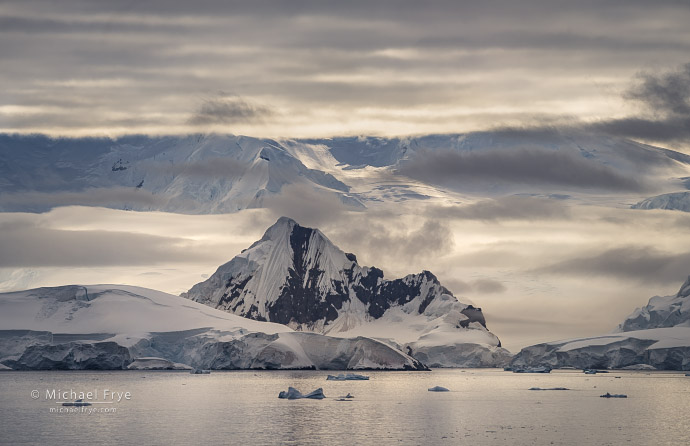
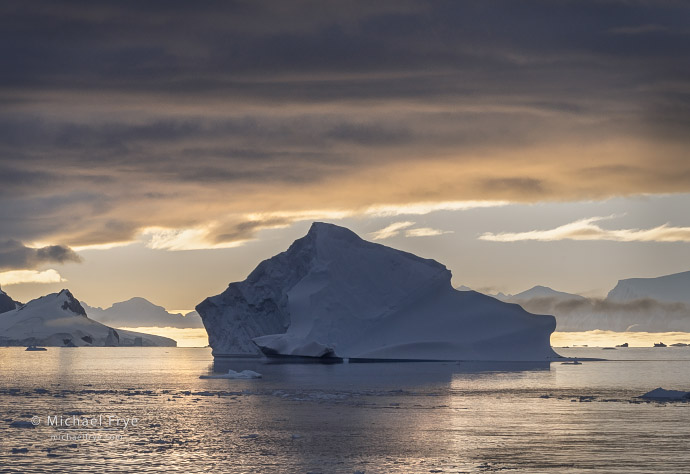
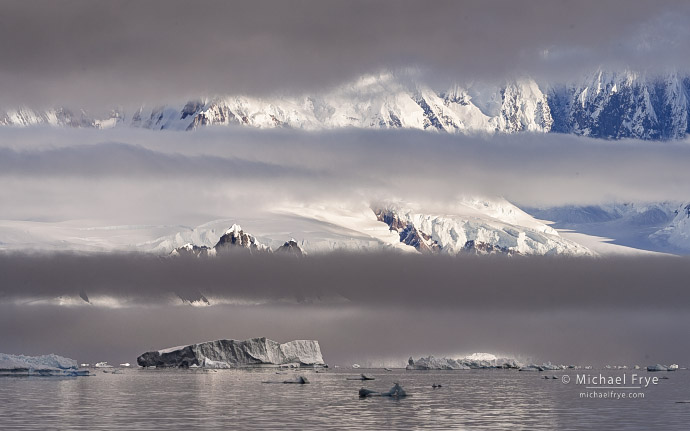
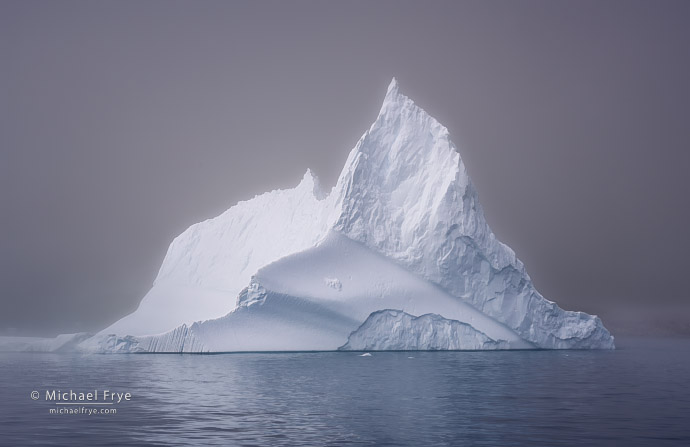
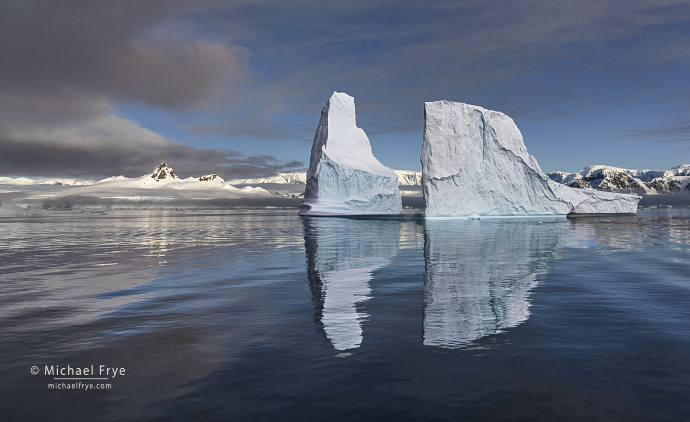
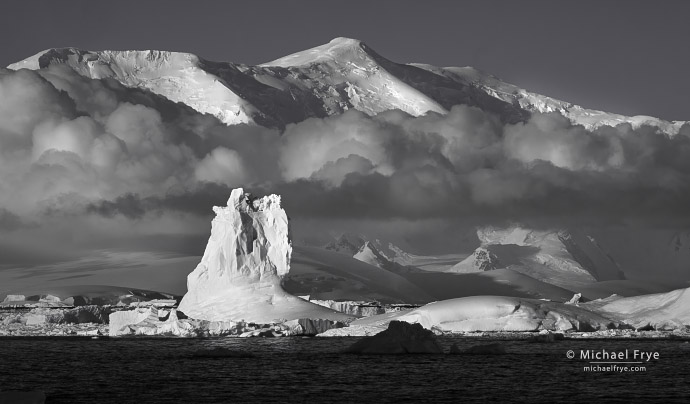
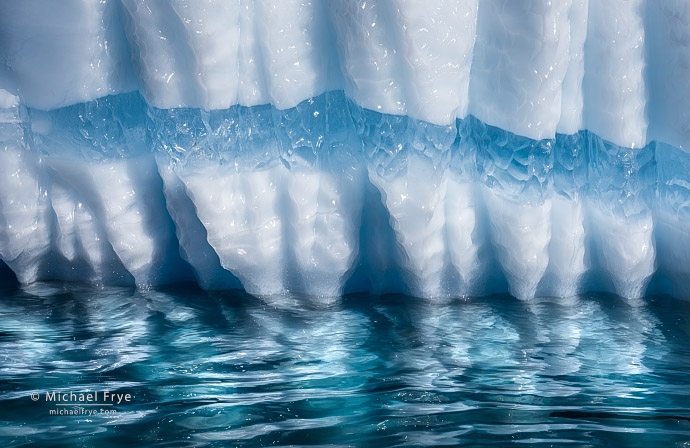

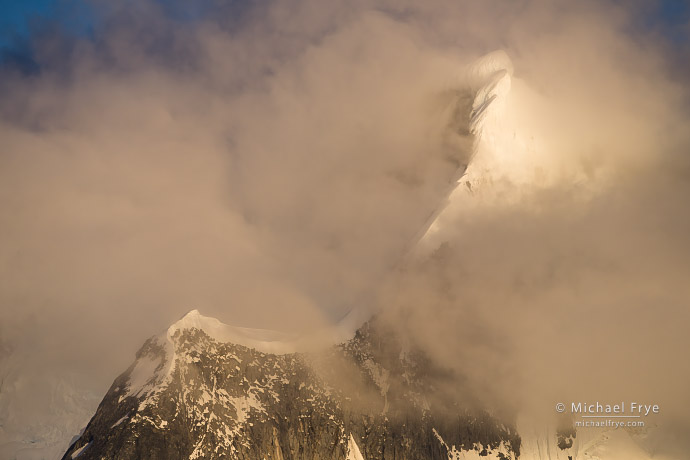
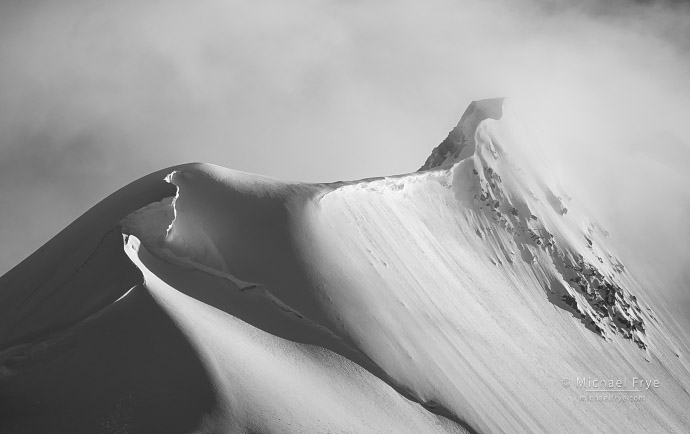
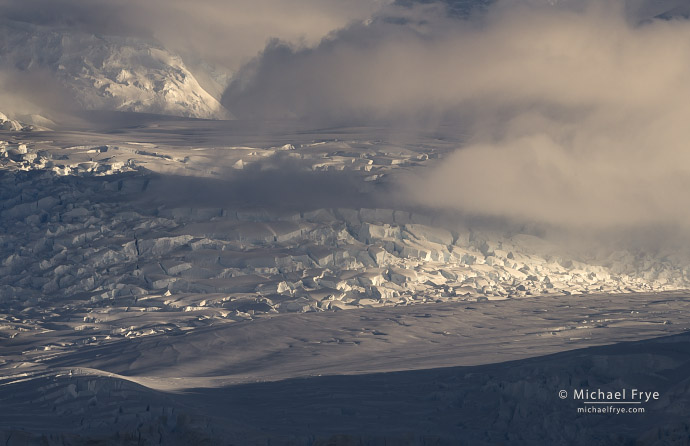
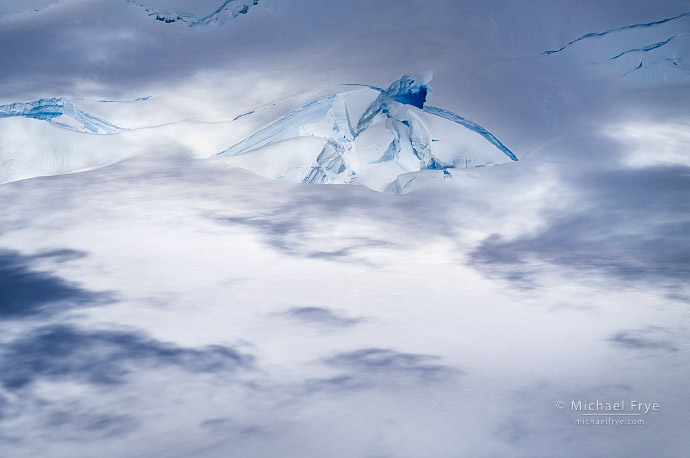
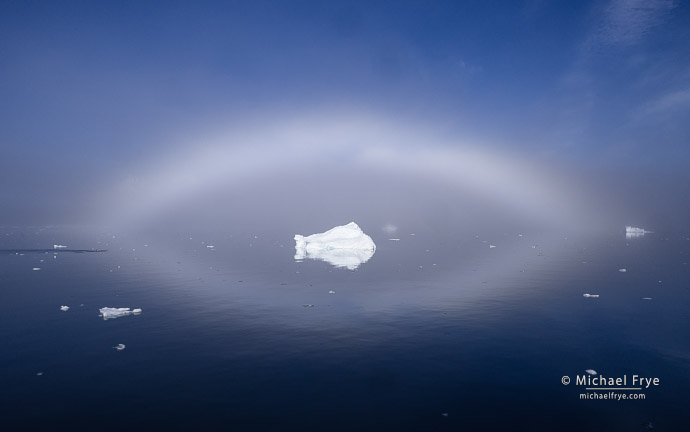






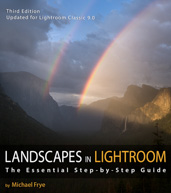

Otherworldly, Michael. Such a stunning place, you must have been awestruck much of the time you were there. Thanks so much for sharing these beautiful images. Refreshing as another heatwave approaches California. Cheers!
Thanks very much Bob! Ot was quite amazing.
Fantastic series, Michael. I, too, have been digging into my Antarctica images from the Visionary Wild cruise right after your trip.
Thanks Bill! I’m sure you have a lot to go through as well, but I’ve been enjoying your Antarctica photos very much.
Absolutely beautiful, Michael!
Thank you Trish!